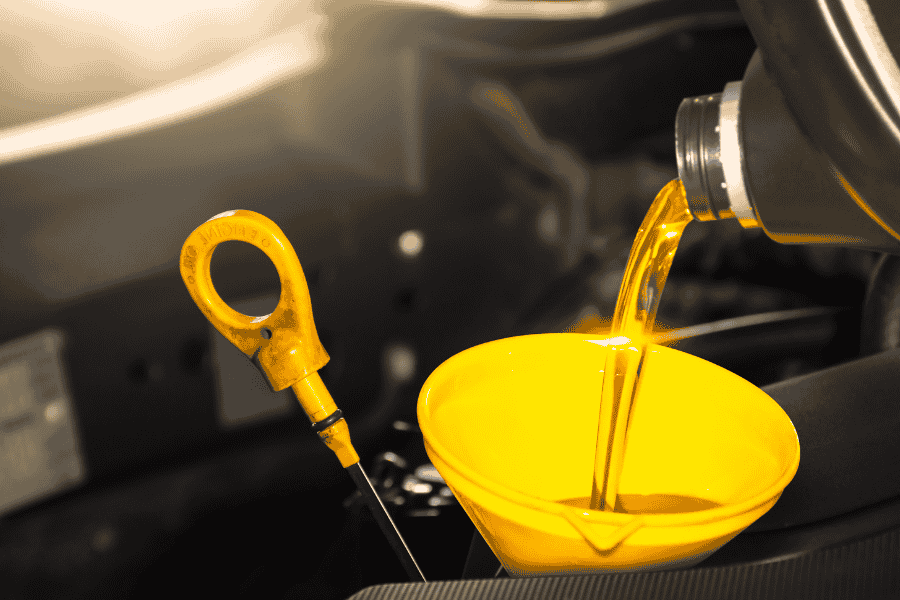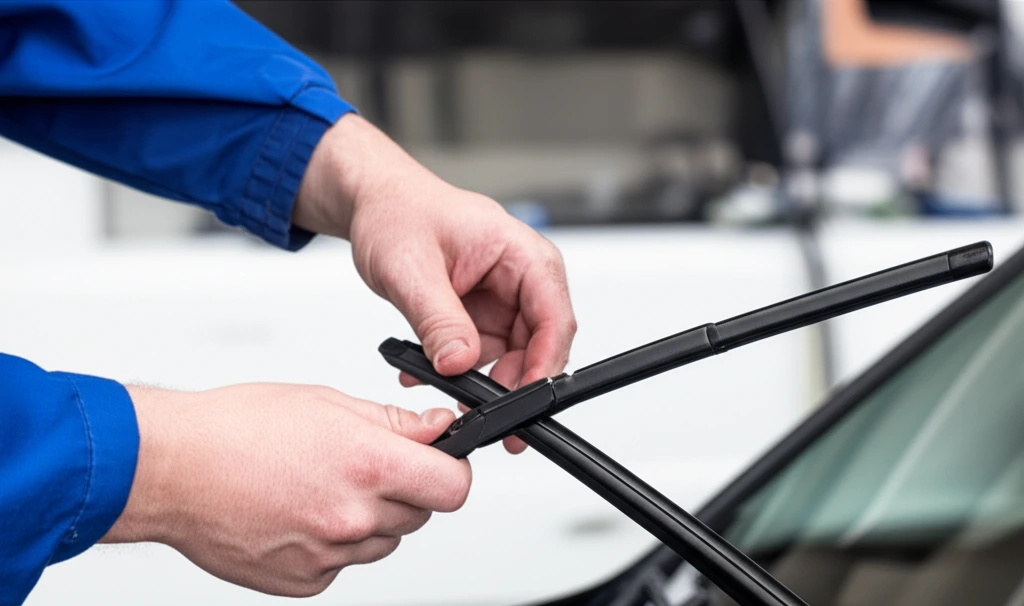Keeping your windshield wipers in top shape isn’t just about comfort, it’s about safety. Whether you’re driving through heavy rain, sleet, or dusty backroads, clear visibility can prevent accidents, keep your vehicles compliant, and avoid unnecessary downtime.
Wiper blades wear down faster than you might expect, especially in harsh weather or high-mileage fleet operations. By replacing them at the first signs of trouble, you keep your vehicles road-ready and your drivers confident.



.png)








.png)


.png)
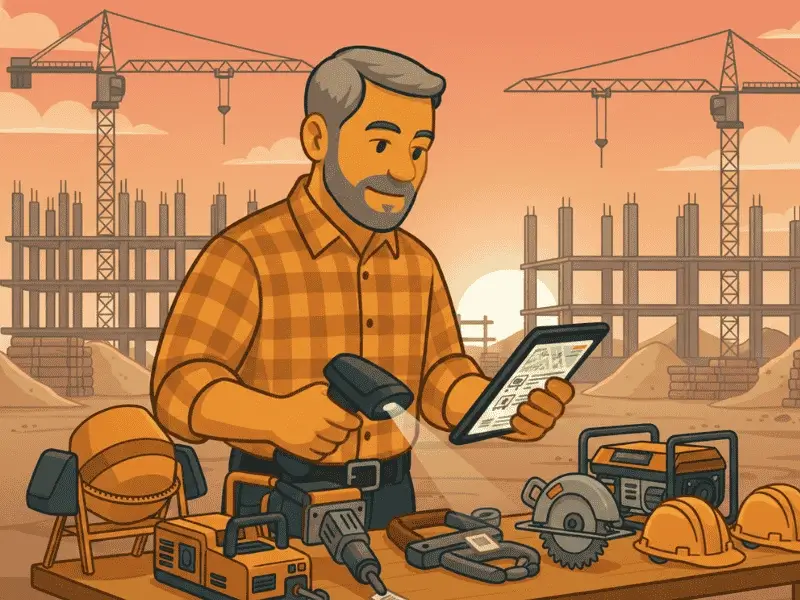



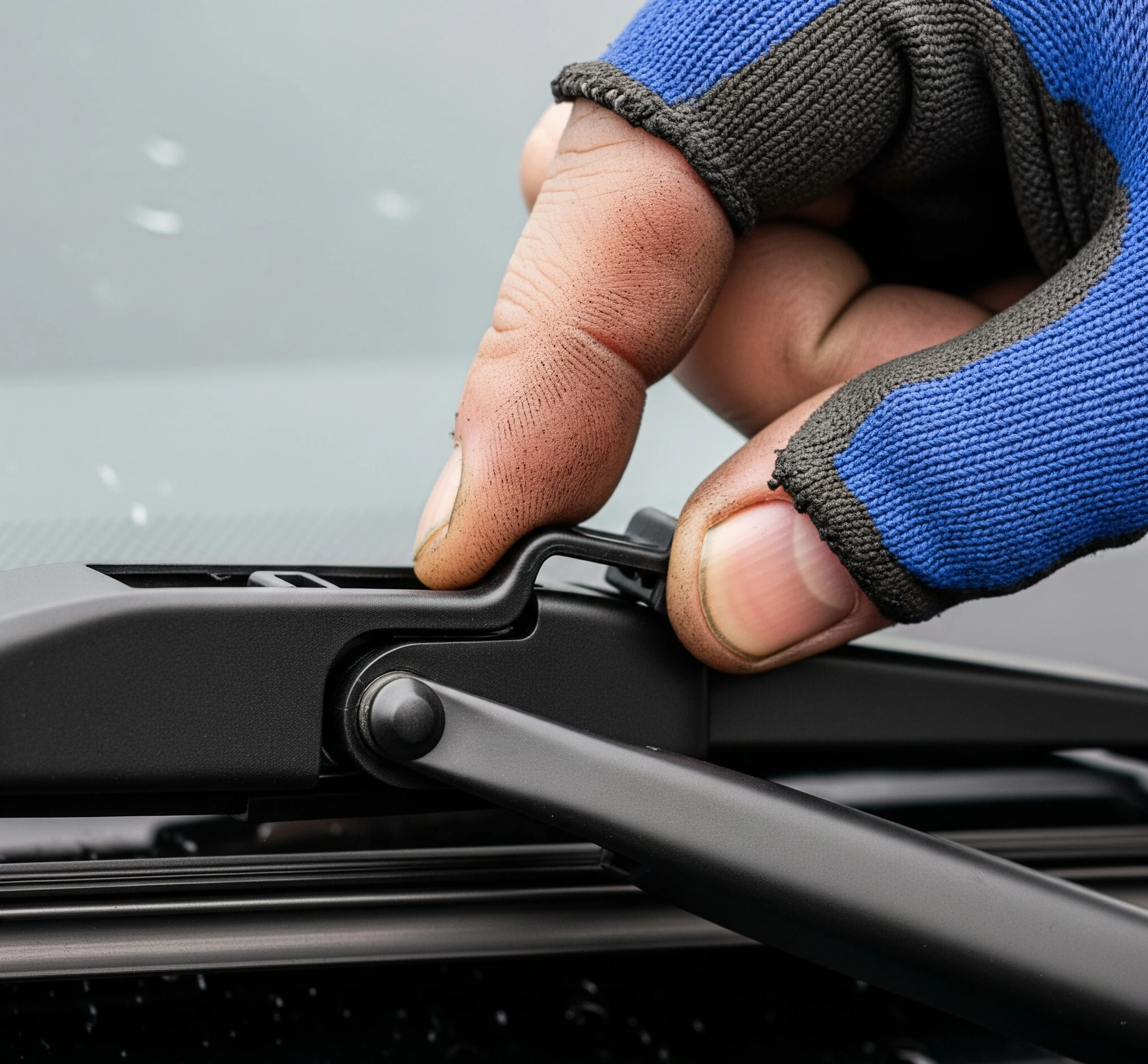
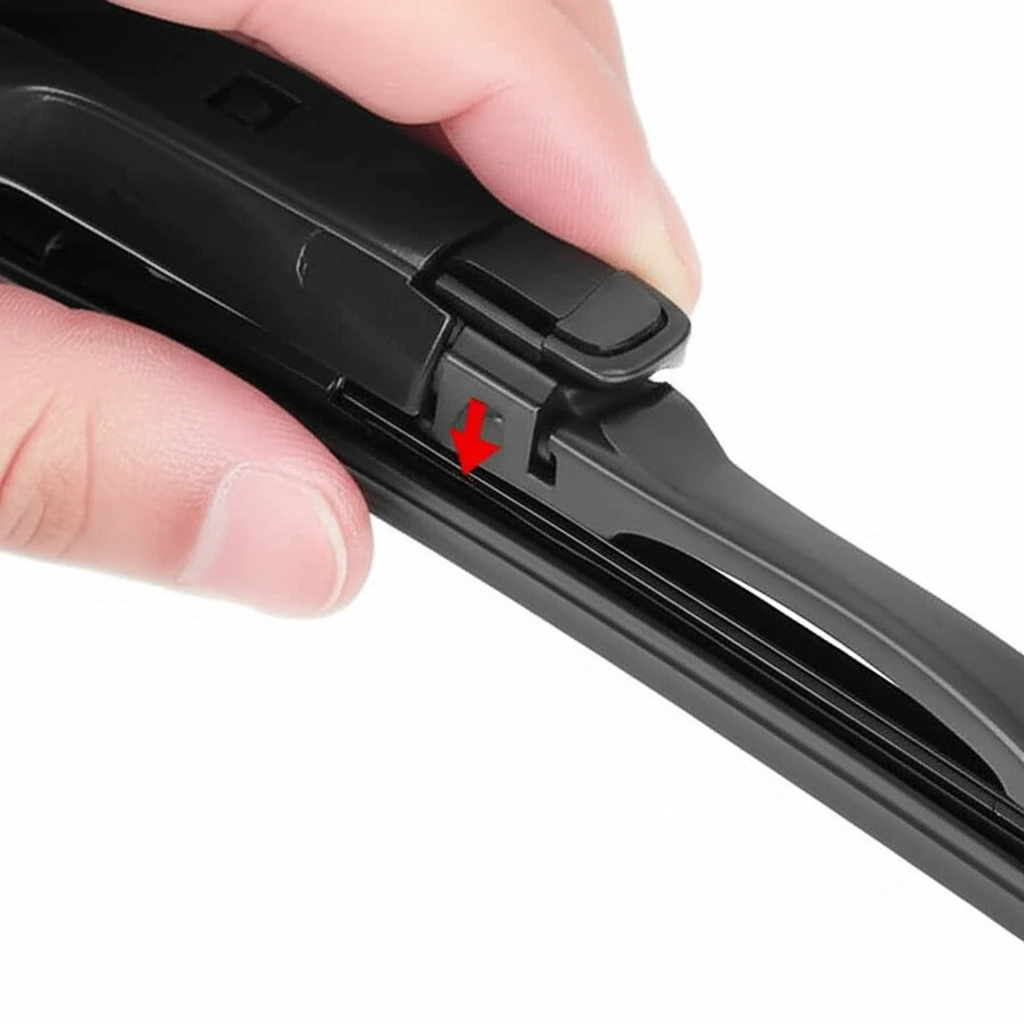
%20(1)%20(1).webp)

